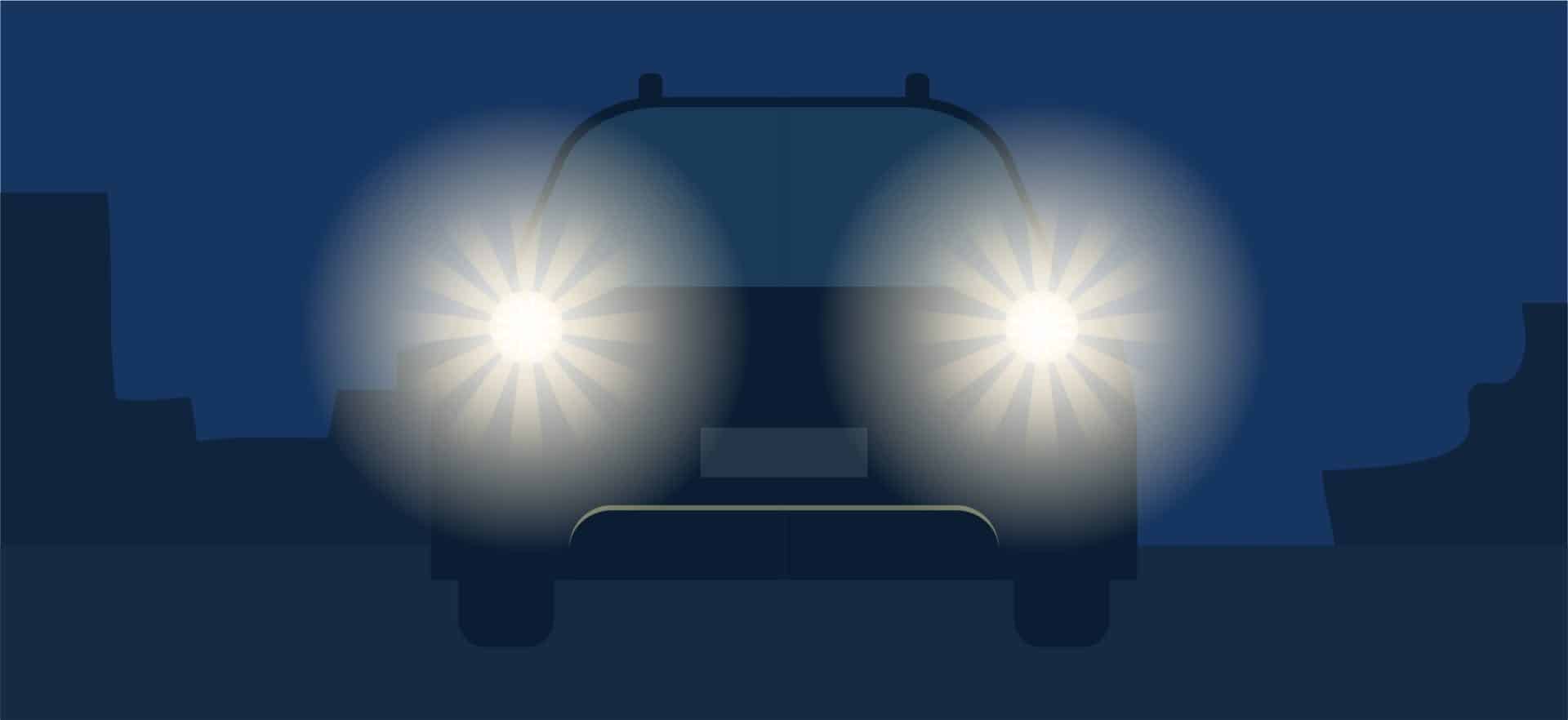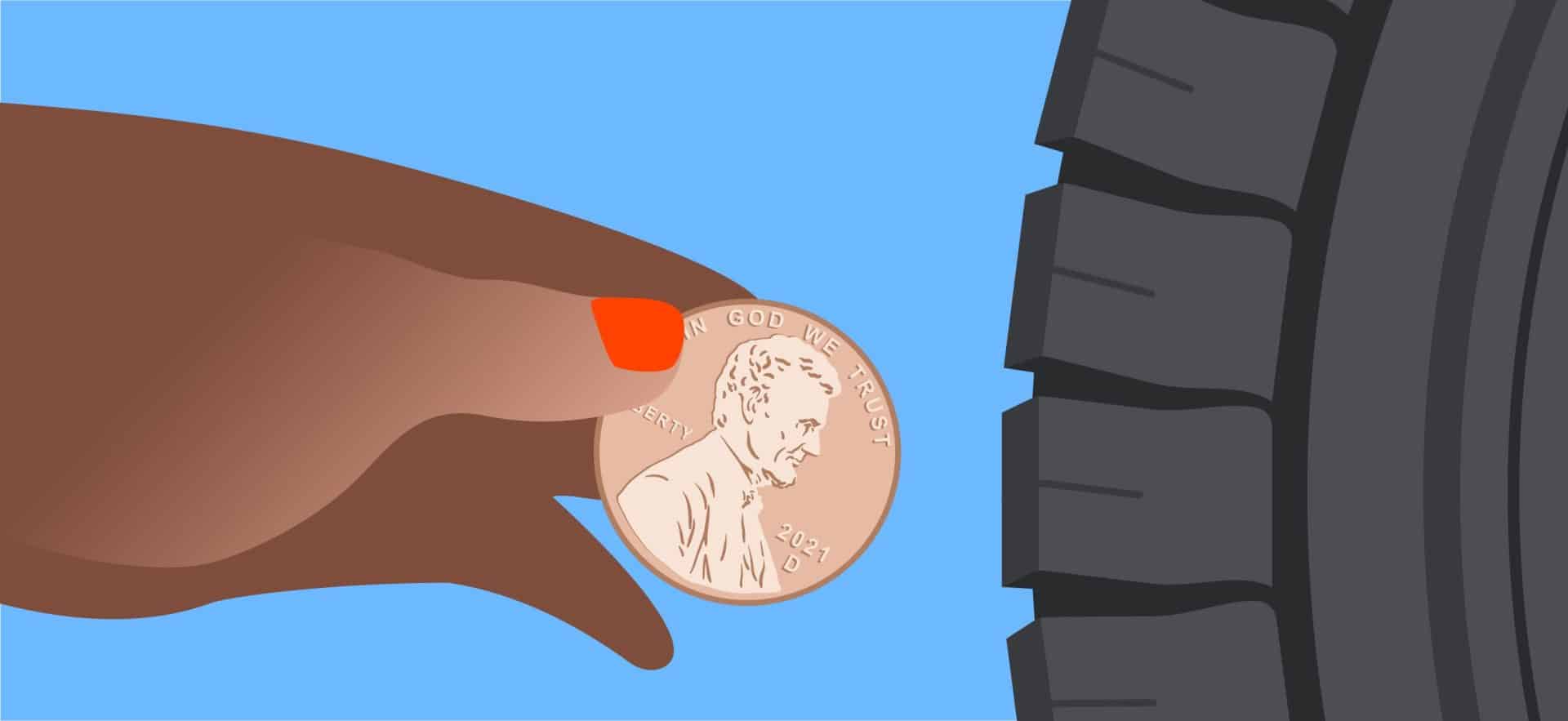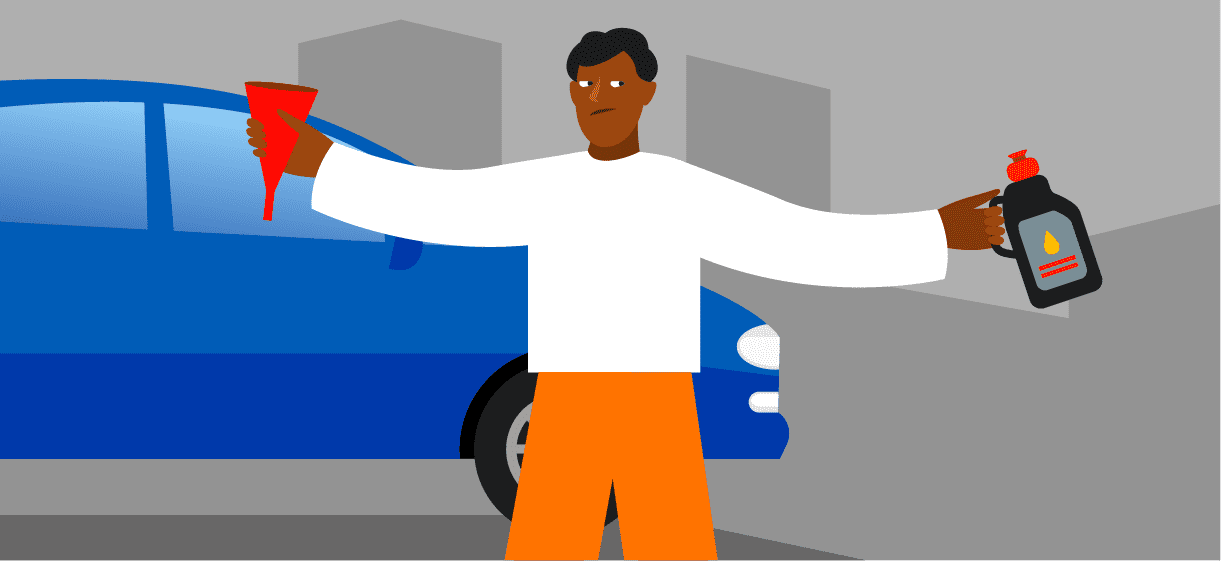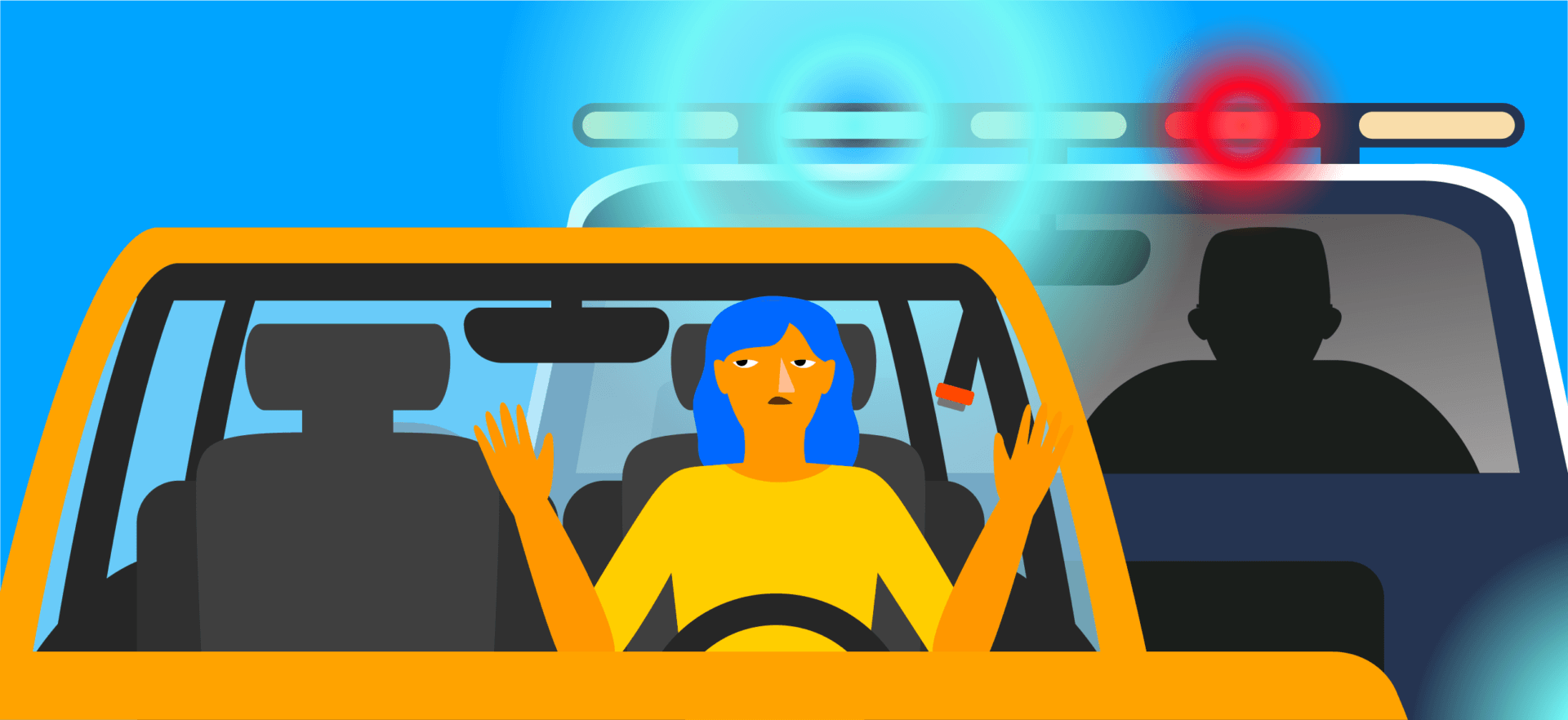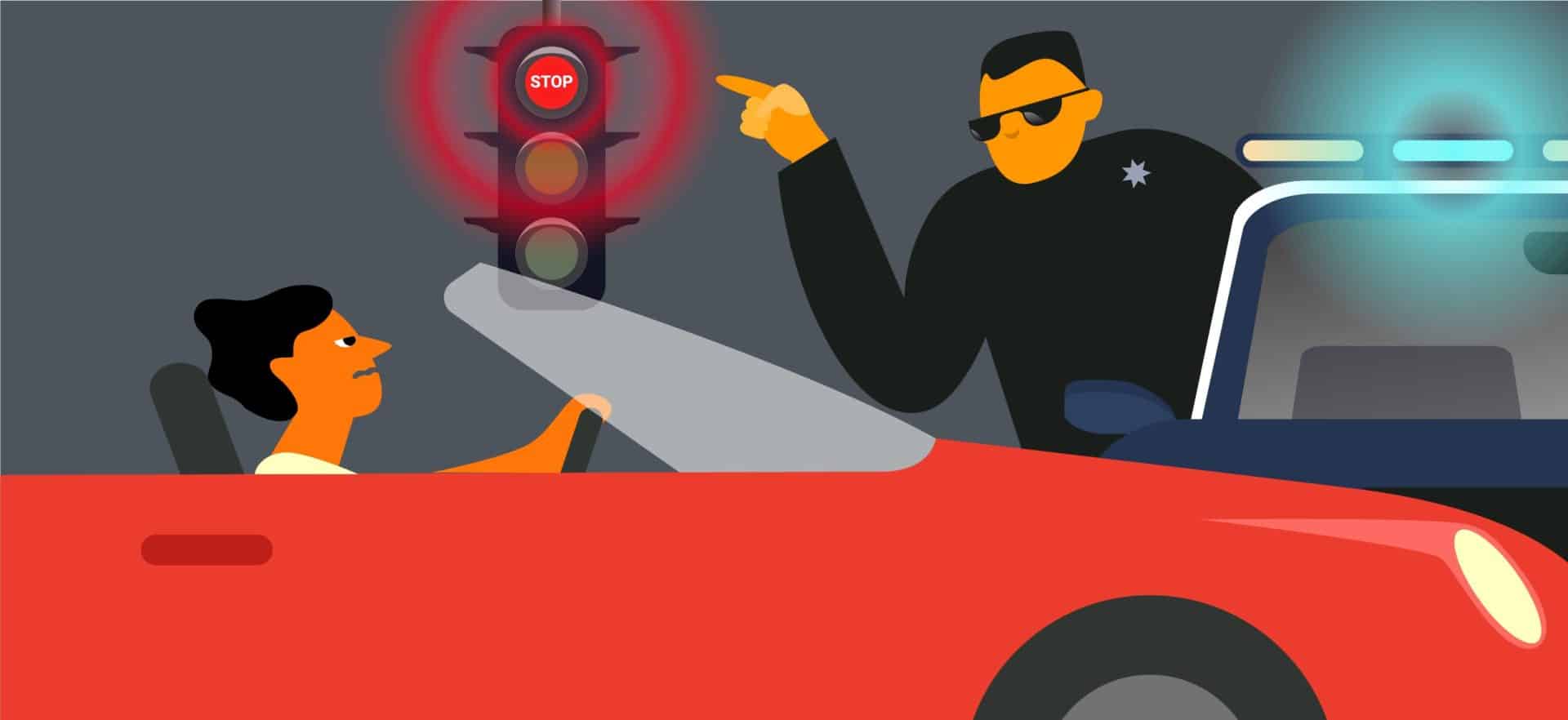Around 8.2 million people moved between states in 2022, with Texas, Florida, and New Jersey being the most popular destinations. That same year, more than 102,000 Californians relocated to Texas.
If, for some reason, you plan to move to another state, consider the legal implications. For instance, you’ll have to switch your driver’s license as soon as possible after settling into your new home.
U.S. residents can’t hold licenses from two states at the same time. Therefore, it’s necessary to surrender your old license and apply for a new one. This should be done within one day to one year of establishing residency, depending on the state.
Failure to update your driver’s license on time can lead to fines and penalties. It could also void your auto insurance policy or result in higher premiums. Plus, it can complicate the legal process in the event of a car accident.
Traffic school can help you keep a clean driving record, prevent insurance increases, and more!
How to Switch Your Driver’s License between States
Each state has slightly different rules for transferring an out-of-state driver’s license. The most notable difference lies in the allowed time frame.
For example, people moving to California from another state must switch their licenses within 10 days of establishing residency. But if you’re moving to Ohio, Nevada, New York, or some other state, you have 30 days to initiate this process.
The steps needed to transfer your driver’s license depend on your age, state laws, and where you moved from, among other aspects.

For instance, the Nevada Department of Motor Vehicles (DMV) requires drivers under 21 to take a knowledge test. The same applies to those who’ve had a DUI conviction within the past seven years or three or more convictions of moving violations, such as speeding or reckless driving, in the past four years.
That said, let’s go over the basic requirements for switching your driver’s license, which are quite similar across states.
1.) Visit Your State’s DMV Website
First, identify the government agency responsible for driver’s licenses in your state. This is usually the DMV, the Department of Transportation (DOT), or the Registry of Motor Vehicles.
Check its website to see what documents are required for transferring an out-of-state license. Also, look for information on state-specific requirements.
For example, people who moved to Tennessee must complete the Regular Driver License application. They can fill out the form and get pre-approved online to save time. However, not all states have online pre-approval systems.
2.) Gather the Necessary Documents
When visiting your local DMV (or its equivalent), you must bring a couple of documents. These usually include:
- Proof of identity (e.g., a birth certificate or passport)
- Proof of residency (e.g., a current utility bill and a rental or mortgage contract)
- Social security number
- Your out-of-state driver’s license (which may serve as proof of identity)
Additional documents may be needed, depending on your circumstances. For example, the State of Tennessee requires two proof of residency documents, a payroll check stub, the most recent W2, and other paperwork.
As a general rule, bring the original documents or certified copies to your local license office.
3.) Schedule a DMV Appointment
Once everything is ready, make an appointment at the local DMV (or equivalent) to avoid long lines. Also, some DMV locations don’t accept walk-ins.
Most states have online booking systems in place. However, you can also call to schedule an appointment and double-check you have all the necessary documents.
4.) Pass Vision and Knowledge Tests
Generally, new residents must take and pass a vision test when switching their driver’s licenses between states. But depending on where you live, you may be able to skip this step and bring an eye test report instead.

For instance, the New York DMV allows applicants to get a vision exam at a provider enrolled in its Vision Registry. He or she will test your eyesight, then fill out a vision test report and submit it to the DMV. If you choose an independent provider, bring the report with you when applying for a license.
In some cases, applicants must also take a driver knowledge test. This is usually a requirement for:
- Drivers under 18 or 21, depending on the state
- Drivers whose out-of-state licenses have expired for several months (see this guide on how to renew your driver’s license in California)
- Drivers who’ve had one or more DUI convictions over the past years
The State of Georgia, for example, requires drivers whose out-of-state license has expired for over two years to take a knowledge test and a road test.
Similar rules apply in Tennessee, where new residents whose out-of-state license has expired for more than six months must pass a written test and a driving test.
5.) Pay the Required Fees

How much you’ll have to pay for these services depends on the state and other factors, including:
- Whether or not you have to take a knowledge test
- The type of driver’s license you apply for
- The documents you need as part of the application process
For example, the Connecticut DMV charges a $40 application fee and a $84 license fee. You can pay at a local DMV office, AAA location, or Nutmeg State Financial Credit Union branch.
The California DMV, on the other hand, charges $45 for a new driver’s license. Applicants can pay online, over the phone, in person, or by mail.
By comparison, the Georgia Department of Driver Services (DDS) charges only $32 for non-commercial driver’s licenses. The fee can be paid online or in person at a DDS location.
Once these steps are completed, you’ll turn in your current license and wait to receive a new one.
State-Specific Requirements for Updating Your Driver’s License
As discussed earlier, each state has specific requirements for changing your driver’s license.
For instance, you may need to take a road test after moving to Georgia or Tennessee if your out-of-state license is no longer valid. These states and others may also require applicants to pass a knowledge test—and that’s where online driver’s education courses can help.
With that in mind, here are some state-specific requirements you should know about.
California
- Update your driver’s license within 10 days of becoming a resident;
- Fill out Form DL 44 online, then sign it at a local DMV office;
- Be prepared to take a knowledge test and give a thumbprint;
- If your out-of-state license is no longer valid, you’ll have to take a road test, too.
- If bringing your car from another state, you’ll also need out-of-state vehicle registration in California. Otherwise, you can follow our general guide for California vehicle registration.
Texas
- Apply for a new driver’s license within 90 days of moving;
- If you’re under 18, you’ll have to take a road test;
- Bring proof of vehicle insurance (or sign a document to confirm you don’t own a car);
- Submit a thumbprint.
Florida
- Switch your license within 30 days of establishing residency;
- Get auto insurance within 10 days of becoming a resident (if you own a vehicle);
- With a few exceptions, most applicants don’t have to take a written or road test;
- The necessary documents must be submitted in person;
- Out-of-state licenses cannot be used as proof of identification.
Note that if you move to Florida from Delaware or Connecticut, you can update your license only after submitting proof of legal presence in the U.S.
New York
- Update your driver’s license within 30 days of establishing residency;
- Complete a driver’s license application form (MV-44) —and bring it to your local DMV office;
- Your out-of-state license must have been issued at least six months before you apply for a new one;
- It must also be valid (or expired no more than 24 months ago);
- You cannot exchange a suspended, revoked, or non-renewable license;
- You can get pre-screened online.
Pennsylvania
- Exchange your driver’s license within 60 days of becoming a resident;
- Fill out Form DL-180R, then bring it to the local DMV;
- Take a knowledge test if your current license has expired for more than six months;
- Puerto Rico-issued birth certificates cannot be used as proof of identification.
North Carolina
- Switch your driver’s license within 60 days of establishing residency;
- Out-of-state licenses can be used as proof of identification;
- You may not need to take a written test and a road test if your out-of-state license is valid.
Michigan
- Apply for a new driver’s license immediately after obtaining residency;
- Make an appointment at a local Secretary of State office to submit your application;
- Get pre-approved online to save time;
- You won’t have to take a knowledge test.
New Jersey
- Update your out-of-state license within 60 days of moving or before it expires, whichever occurs first;
- Applicants with valid licenses don’t have to take written or road tests;
- Be prepared to complete a 6-Point ID verification.
Washington, D.C.
- Switch to a new driver’s license within 60 days of moving;
- Complete an application form, then submit it to your local DMV;
- Take a knowledge and roast test if your license has expired for more than 90 days;
- Show proof of lawful presence, even if you’re a U.S. citizen;
- Drivers aged 70 or older must submit a medical/eye report completed by their physician.
If you have any fines for moving violations in other jurisdictions, pay them before applying for a license in Washington, D.C. Otherwise, your application will be declined.

All in all, exchanging an out-of-state driver’s license is more or less complex, depending on where you plan to move.
Ideally, contact the local DMV or its equivalent before taking this step. Be clear about your situation and ask what exactly you need to do. Prepare the necessary documents ahead of time instead of waiting until the last minute.






